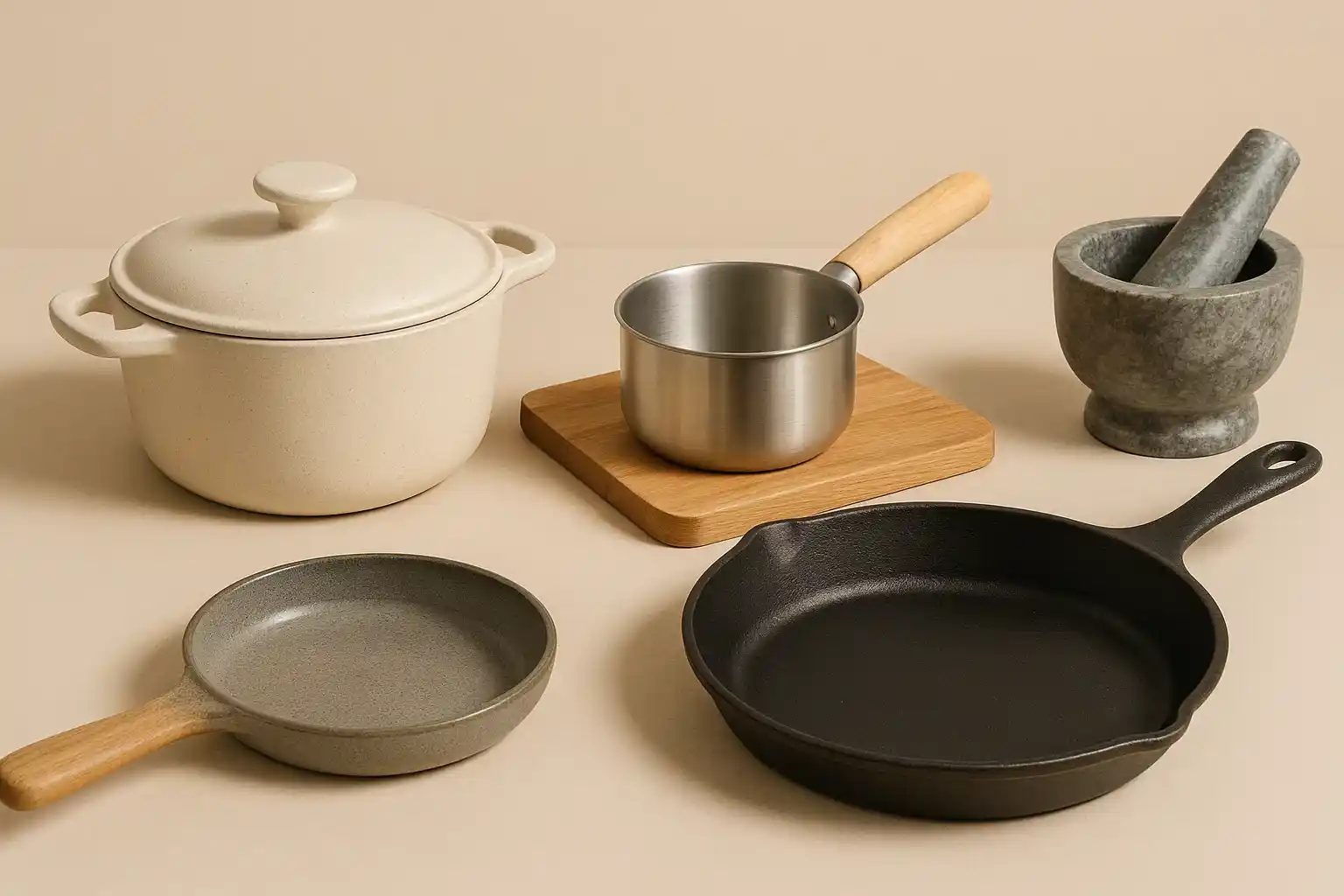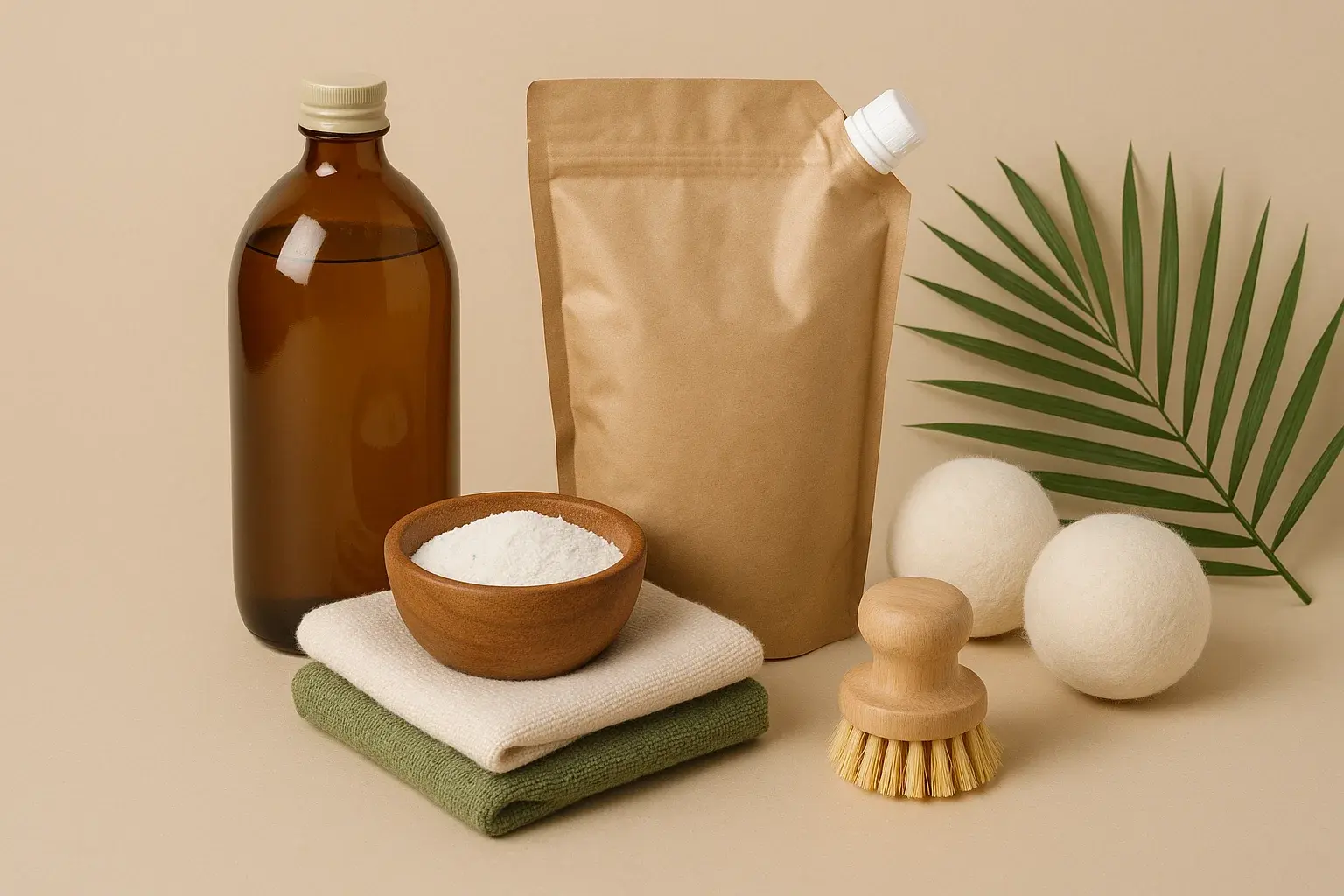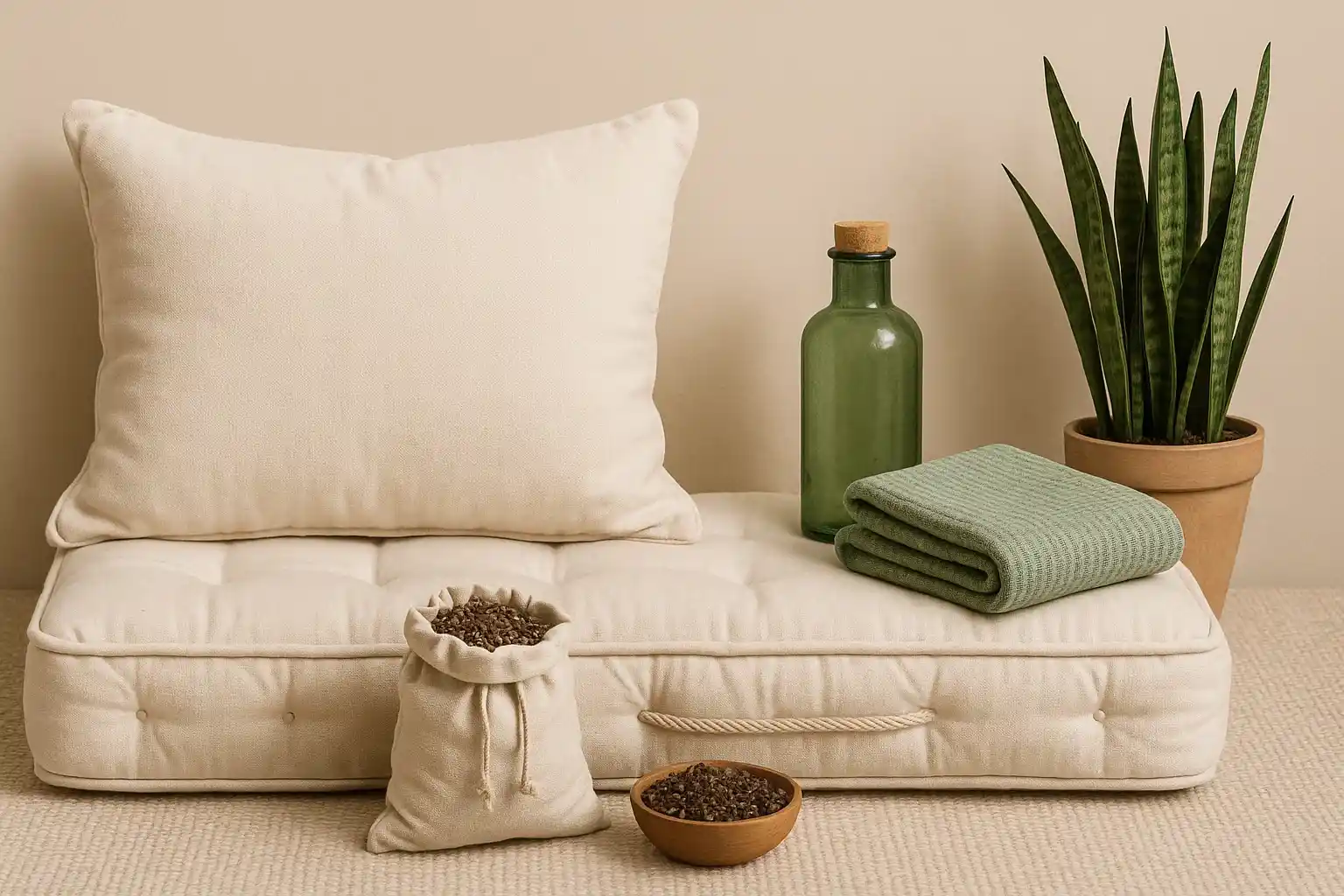Cook with Confidence: Choosing Non-Toxic Alternatives to Teflon Cookware

The kitchen, the heart of many homes, is where we nourish ourselves and connect with loved ones through the preparation and sharing of meals. The cookware we use plays a fundamental role in this daily ritual. For decades, Teflon, a brand name for the chemical polytetrafluoroethylene (PTFE), has been a popular choice for its non-stick properties, promising easy cooking and cleanup. However, concerns have been raised regarding the safety of Teflon cookware, particularly when it is overheated, leading to the release of potentially harmful fumes. For those seeking safer and more sustainable alternatives for their kitchens, a range of durable and non-toxic cookware options are readily available, offering peace of mind and a healthier cooking experience.
The primary concern surrounding Teflon cookware stems from its potential to degrade at high temperatures, typically above 500°F (260°C). When overheated, Teflon can release various fumes, including perfluorooctanoic acid (PFOA), a chemical that was previously used in the manufacturing process of Teflon and has been linked to health concerns. While PFOA is no longer used in the production of Teflon cookware manufactured after 2013 in many regions, concerns remain about the potential release of other fluoropolymers when these pans are overheated. These fumes can be harmful to both humans and pets. Furthermore, the non-stick coating on Teflon pans can degrade over time, leading to flaking and the potential ingestion of these particles.
Fortunately, a variety of excellent non-toxic cookware alternatives offer safe and durable cooking surfaces. By choosing cookware made from cast iron, stainless steel, or ceramic-coated pans, we can avoid the potential risks associated with Teflon while still enjoying efficient and effective cooking. These materials offer excellent heat retention and distribution, are generally long-lasting with proper care, and provide a safer and more sustainable option for our kitchens.
Building a Healthier Kitchen: Exploring Non-Toxic Cookware Alternatives
Nature-derived materials and innovative coatings offer safer and more sustainable options for preparing our meals:
Cast Iron: The Enduring and Naturally Non-Stick Choice
Cast iron cookware is a timeless classic, renowned for its exceptional heat retention and even heat distribution, making it ideal for searing, frying, and baking. With proper seasoning, cast iron develops a natural non-stick surface without the need for synthetic coatings. This seasoning, created by repeatedly heating oil on the surface of the pan, creates a durable and food-safe non-stick layer. Cast iron is incredibly durable and can last for generations with proper care, making it a sustainable and cost-effective choice in the long run. Brands like Lodge Cast Iron have been producing high-quality cast iron cookware for over a century, known for its durability and performance. While cast iron requires a bit more care than non-stick pans, its longevity and natural non-toxic properties make it a worthwhile investment for any kitchen.
Stainless Steel: Versatility and Durability Without the Worry
Stainless steel cookware is another excellent non-toxic option, prized for its durability, versatility, and resistance to leaching chemicals into food. High-quality stainless steel is non-reactive, making it suitable for cooking a wide range of ingredients, including acidic foods. Stainless steel pans heat evenly and can withstand high temperatures, making them ideal for searing and browning. While not inherently non-stick, proper cooking techniques and the use of oil or butter can prevent food from sticking. Many reputable cookware brands offer high-quality stainless steel sets designed for longevity and performance. Choosing stainless steel cookware ensures a safe and durable cooking surface that will last for years.
Ceramic-Coated Pans: The Modern Non-Toxic Option
Ceramic-coated pans have emerged as a popular non-toxic alternative to Teflon, offering a non-stick surface without the use of PTFE or PFOA. These pans typically feature a coating made from silica (derived from sand) and are generally considered safe at normal cooking temperatures. Ceramic-coated cookware offers the convenience of easy food release and cleanup. Brands like GreenPan and Our Place have gained popularity for their stylish and non-toxic ceramic-coated cookware. While ceramic coatings are generally durable, they may not last as long as well-seasoned cast iron or high-quality stainless steel and can be susceptible to damage from very high heat or abrasive cleaning tools. However, for those seeking a readily available non-stick option without the concerns associated with Teflon, ceramic-coated pans provide a valuable alternative.
Completing Your Non-Toxic Kitchen: Mindful Cookware Care
Regardless of the non-toxic cookware you choose, proper care is essential for its longevity and your safety:
- Avoid Overheating: Even non-Teflon pans can be damaged by excessive heat. Follow manufacturer recommendations for safe cooking temperatures.
- Use Appropriate Utensils: Avoid using metal utensils on non-stick surfaces, including ceramic coatings, to prevent scratching. Opt for wood, silicone, or nylon utensils.
- Clean Gently: Avoid abrasive cleaners and scrub pads that can damage cooking surfaces. Use warm soapy water and a non-abrasive sponge or cloth.
- Season Cast Iron Regularly: Proper seasoning is key to maintaining the natural non-stick properties and preventing rust in cast iron cookware.
By consciously choosing non-toxic cookware alternatives and practicing mindful care, you can create a healthier and more sustainable kitchen environment, cooking with confidence and peace of mind.
Related Blogs

5 Home Decor Trends That Nurture Your Space and the Planet
Insights on 5 home decor trends that are also earth-friendly in a sustainable way.

Laying the Foundation for a Greener Home: Your Eco Starter Kit
Insights on building an eco starter kit for your home in a sustainable way.

Step Softly on the Earth: Upgrading Your Home with Natural Floor Rugs
Choose biodegradable and non-toxic jute, organic cotton, or wool rugs over synthetic options.

Clean Laundry, Clear Conscience: Sustainable Swaps for Conventional Detergents
Switch to soap nuts, eco-enzyme cleaners, or plant-based detergents for toxin-free laundry.

Breathing Easier, Living Greener: The World of Eco Paints and Finishes for a Healthier Home
Insights on eco paints and finishes for a healthier home in a sustainable way.

Dreaming of a Greener Sleep: Choosing Natural Mattress Toppers for a Healthier Bed
Upgrade your sleep with non-toxic, breathable, and biodegradable latex, organic cotton, or wool toppers.
Stay in the Loop
Get tips and insights tailored to your interests — no spam, just sustainability.